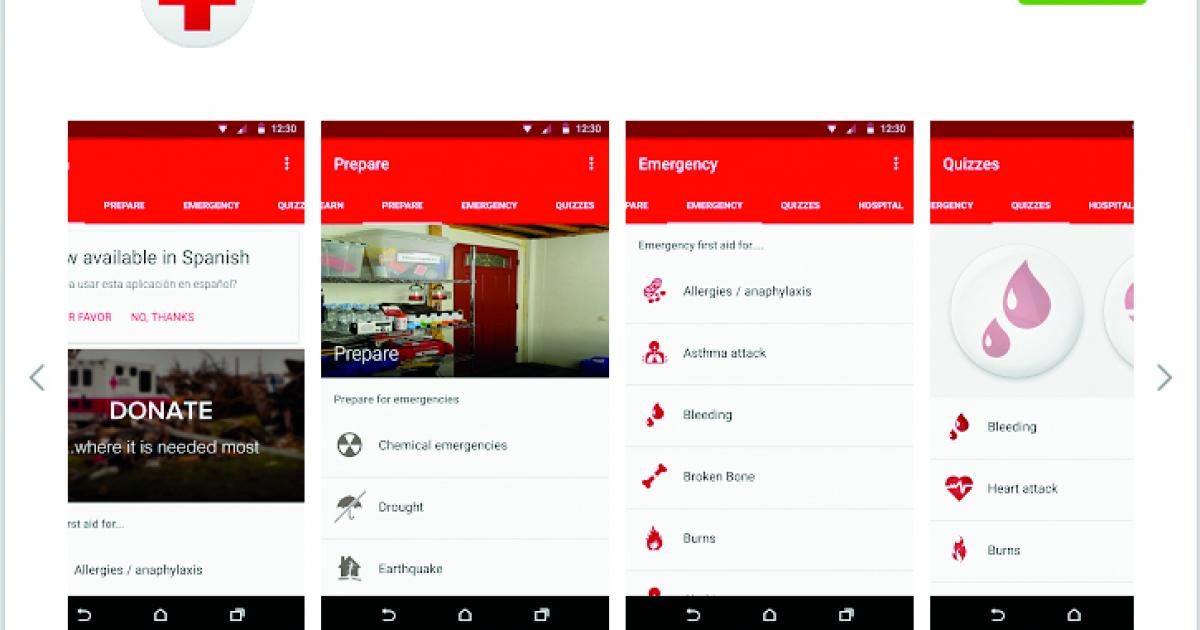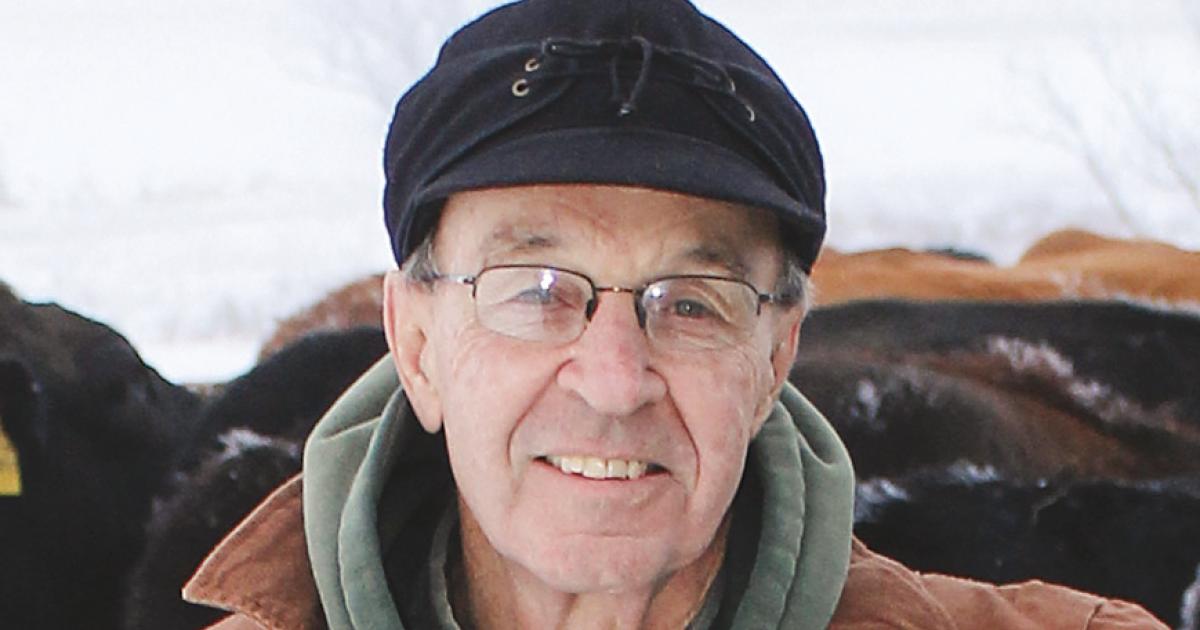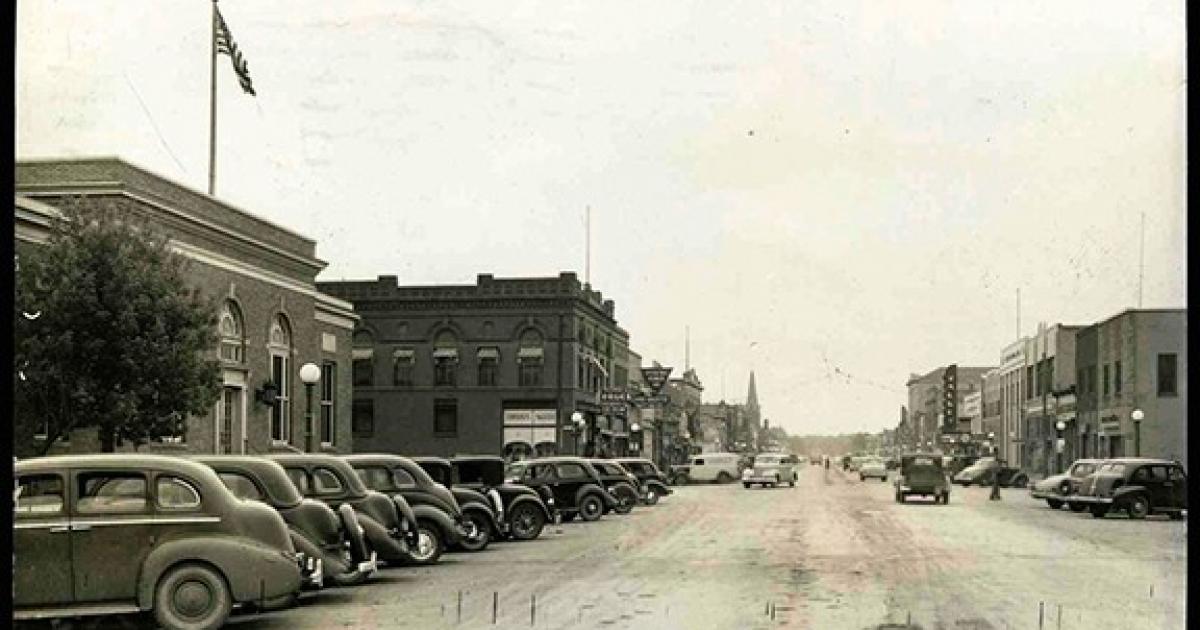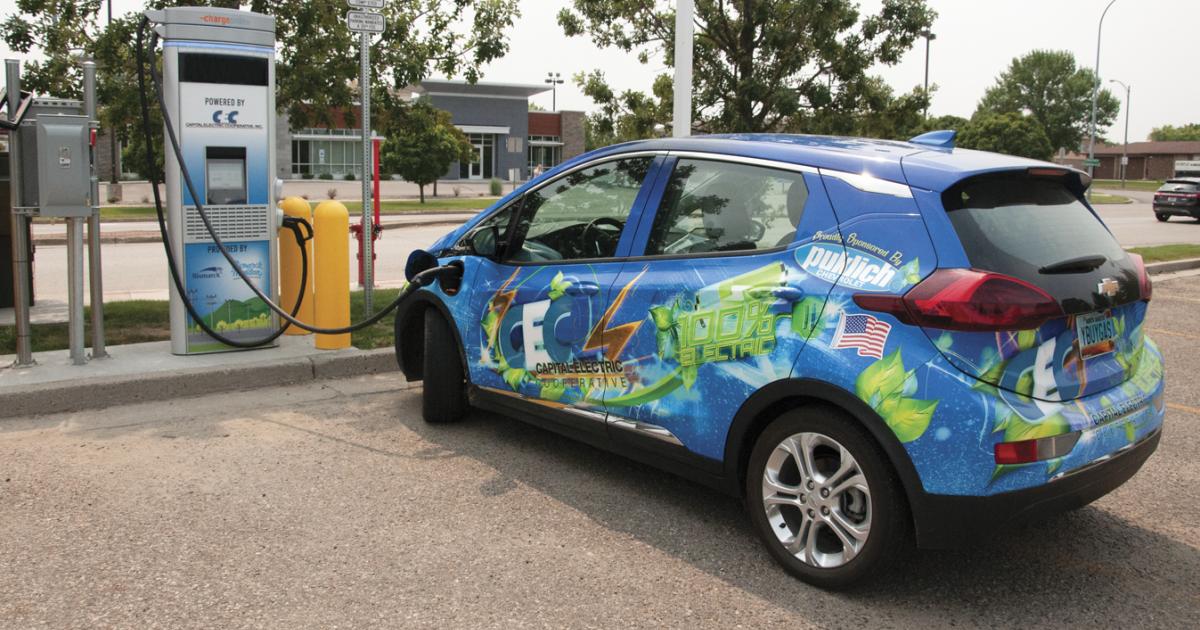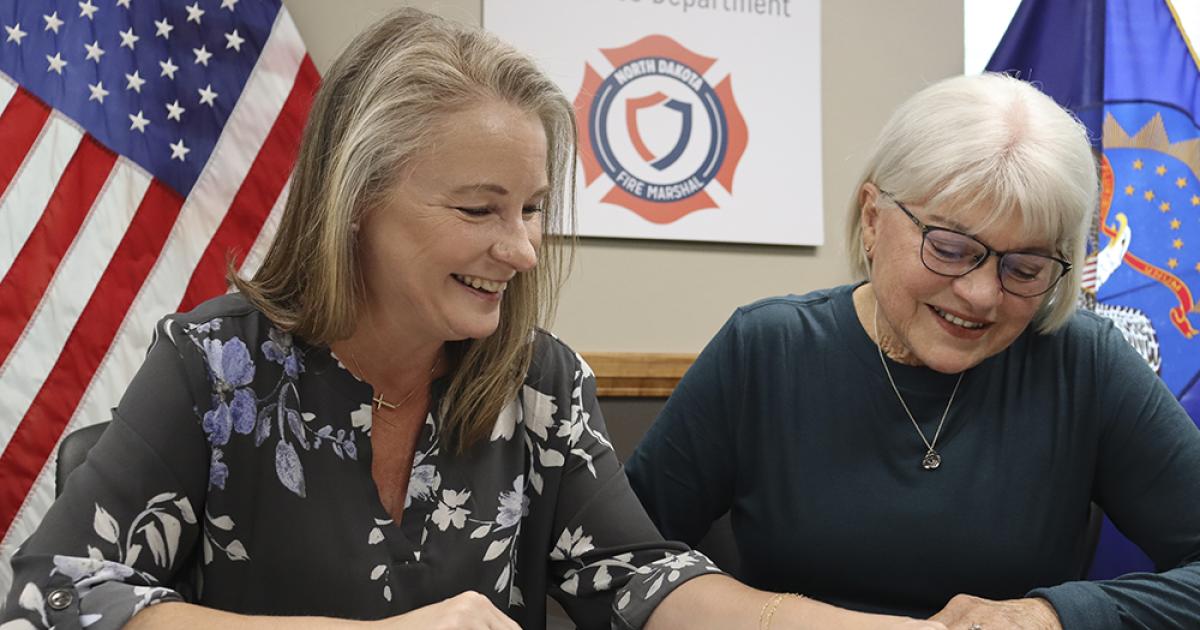Eleven minutes. According to a 2009 report from the N.D. Department of Health, that’s the time it takes, on average, for an ambulance to arrive at the scene of an emergency in a rural area of the state. In those precious moments, first-aid knowledge and training kick in, saving countless lives every year.
Just how important is first aid? “Chances are, you’re going to use (first aid) on your loved one before anyone else,” says Christy Roemmich, director of safety services for the North Dakota Association of Rural Electric Cooperatives (NDAREC). Practicing preparedness and developing an understanding of first aid is a sure step toward creating a culture of safety.
FIRST-AID BASICS
“First aid should always be family-based,” Roemmich says. A good place to start is at home, where over half of preventable injuries occurred in 2017, according to the National Safety Council. Roemmich encourages first-aid kits be maintained both at home and in your vehicle and know where you can access one at work.
In addition to the basic supplies found in a first-aid kit, Roemmich says hers always includes:
• Ice packs,
• Splinter remover,
• Antiseptic wash (for when you don’t have access to soap and water),
• Hydrocortisone cream, and
• Medical tape or self-adherent wrap.
Roemmich also recommends routinely giving your first-aid kit a checkup, replacing expired items and restocking supplies that have been used up.
NATURAL FIRST RESPONDERS
A recent U.S. Bureau of Labor Statistics report listed lineworkers among the occupations with the highest fatal work injury rate, making it one of the most dangerous jobs in the country. Therefore, lineworkers are required to participate annually in first aid and cardiopulmonary resuscitation (CPR) training. Through NDAREC’s safety program, more than 700 co-op employees are trained every year in first aid and CPR.
The benefits of having a network of lineworkers and cooperative staff trained in first aid and CPR does not end at the office door – it extends into the greater community. Many of those trained live in rural areas and serve their communities in different capacities, perhaps as volunteer firefighters or city commissioners or youth baseball coaches.
“Linemen are, naturally, first responders for our community,” Roemmich says. “The nature of a lineman’s job – being out in the community – they’re there to respond.”
WHAT’S IN A FIRST-AID KIT?
The American Red Cross suggests a first-aid kit have the following basic supplies:
• Absorbent compress dressings
• Adhesive bandages
• Adhesive cloth tape
• Antibiotic ointment
• Antiseptic
• Aspirin
• Emergency blanket
• Breathing barrier
• Instant cold compress
• Non-latex gloves
• Hydrocortisone ointment
• Gauze roll bandage
• Roller bandage
• Sterile gauze pads
• Oral thermometer
• Triangular bandages
• Tweezers
•Emergency first-aid guide (or download the app!)
FREE: FIRST-AID APP
The American Red Cross has a free first-aid app available that provides step-by-step advice for a variety of emergency situations.
Download the “FIRST AID – AMERICAN RED CROSS” app on iTunes or Google Play.
Cally Peterson is editor of North Dakota Living. She can be reached at cpeterson@ndarec.com.


